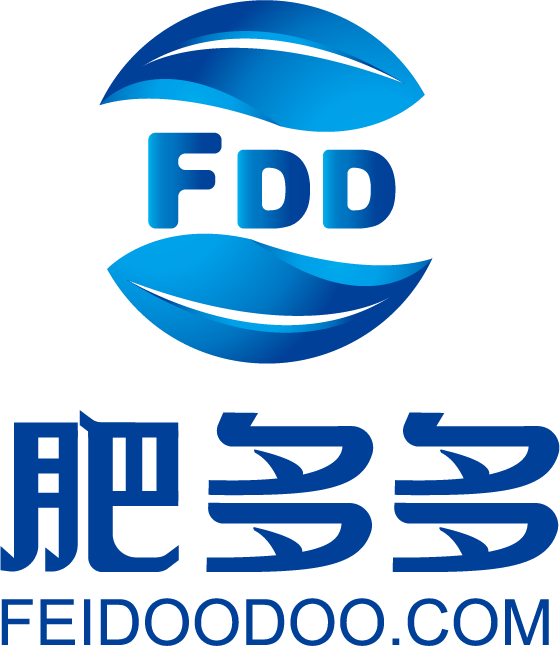The domestic urea supply is expected to return to the level of 150,000 tons
In the just-concluded label, it is estimated that the Chinese source of goods will exceed 500,000 tons, exceeding the initial market expectation of 200,000 to 250,000 tons. Therefore, RCF was able to successfully purchase 1.2 million tons of urea in its bid on July 22. The average price of this round of printed labels is about US$7/ton higher than the RFC price in June, but in the context of lower demand in other countries, the urea market is likely to have peaked. Cfr levels in Brazil and the United States have fallen slightly this week, and traders are looking for lower prices for urea that need to be purchased in August or September. Manufacturers in Indonesia and the Baltic region still need to ship goods in August, but they are already facing huge challenges in selling concerning current price levels.
Affected by heavy rains, the Shanxi plant stopped to reduce production, affecting the daily output of more than 7,000 tons. Domestic supply dropped to about 145,000 tons. Moreover, Shanxi railway shipments have not yet resumed. The southern market has dropped in arrivals and prices have been firm. Affected by the high price of printed labels, factories in regions with export advantages have successively received export orders, and prices have risen compared to last week. The typhoon has brought some rainfall to the southeast coast, Henan, Hebei, and Shandong. Industrial and agricultural demand have been affected. However, due to the decline in output on the supply side, the overall supply and demand are still relatively balanced. The National Development and Reform Commission issued a document today calling for a full guarantee of domestic fertilizer supply. The market's policy expectations have turned blank, and the enthusiasm for receiving goods has declined. However, because the upstream has a certain amount to be sent, and the social inventory is still low, the price is still strong.
Probably the Shanxi plant will resume production one after another, and domestic supply will return to the level of 150,000 tons, but the delivery will still be dominated by automobile transportation, and the supply in Hebei and Henan will increase. The arrival of goods in the southern market is still difficult to increase significantly, and prices will remain firm. There are still parts of export goods that have not yet been shipped, and policy changes still need to be paid attention to. At the same time, whether it can match the shipping schedule, also needs to be followed up dynamically. Domestic demand is expected to increase slightly next week. After the weather improves, planting demand and industrial production will gradually recover. At the same time, replanting work in disaster-stricken areas will be carried out according to the land conditions. Prices in the domestic market have corrected, but the short-term impact on the country is mainly in terms of mentality, and domestic supply and demand will remain relatively balanced. Probably next week, the market will be dominated by consolidation, but the volatility will be more limited.
According to a survey conducted by the Nitrogen Fertilizer Industry Association on July 27, 2021, the national daily output of urea is about 145,700 tons, and the operating rate is about 66.11%. Among them, the operating rate of coal-based urea companies is 63.78%, and natural gas and coke oven gas are used as raw materials. The operating rate of urea enterprises in China was 72.31%. The operating rate of urea enterprises nationwide decreased by 4.96 percentage points compared with last week and 6.72 percentage points year-on-year. Among them, the operating rate of coal-based enterprises decreased by 6.33 percentage points compared with last week, and the operating rate of gas-based enterprises was down by 8.38 percentage points. The weekly decline was 1.34 percentage points, and the year-on-year decline was 2.24 percentage points.
- International Fertilizer Market - Potash Giants Report First Quarter: Signs of Recovery in Potash Demand! Meanwhile, Russian Fertilizer Exports to the US Reach Annual High2464
- Phosphate Fertilizer Weekly Report: Supported by Pending Orders and Costs, Firm Prices2177
- Urea Weekly Review: Cautious Buying and Slow Follow-Up, Prices Hold Steady2324
- Urea Daily Review: Weakened Supply-Demand Support, Enterprises Lower Prices to Attract Orders2296
- Phosphate Fertilizer Daily Review: Pending Orders Support Prices, Stability in the Short Term2144





